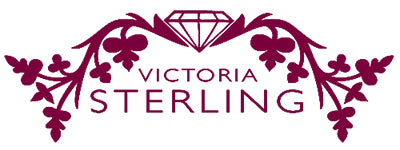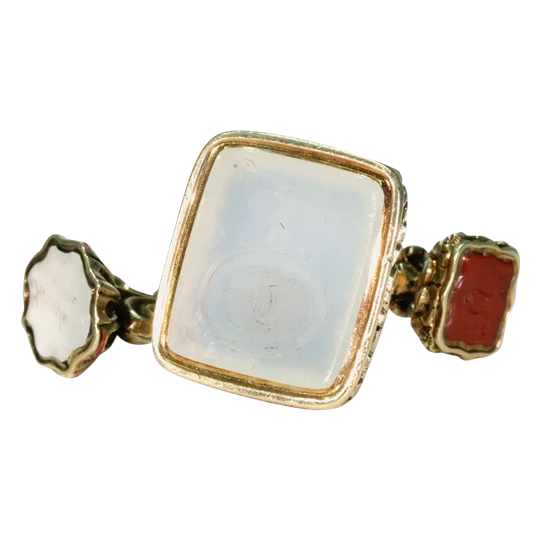Edwardian
The Edwardian era, which years later would be sentimentalized as the Belle Epoque, ran from 1890 to 1920, even though Edward himself was only on the throne from 1901 until 1910. The reason for the overlap is that many trends that are associated with the Edwardian era actually began in Victorian times. For example, Princess Alexandra popularized the wearing of so-called dog collar chokers made of diamonds or pearls many years before she became Edward’s Queen.
In general, Edwardian jewelry hewed to 18th-century traditions, even though Arts & Crafts and Art Nouveau were in the air. Instead of a focus on the craftsmanship of a setting or piece, as was the practice in the Arts and Crafts era, the Edwardian sensibility was more interested in the setting’s stones. This renewed emphasis on diamonds in particular coincided with improvements in diamond-cutting technologies.
Filigree rings, including engagement rings, of white gold, set with a single diamond, were not uncommon. The Edwardians also liked engraved signet rings, in 10 or 14 karat gold, as well as birthstone rings. Finally, Edwardian jewelry eschewed the colorful treatments of the heavily enameled or mosaic-decorated Victorian pieces for a palette that bordered on the monochromatic.
Which is not to say it was dull. Edwardian jewelry was actually inspired by Rococo, with its profusion of bows, tassels, and wreaths, creating what became known as the garland style. Cartier was a leading proponent of this look, as was Fabergé, which made a name for itself with pieces that combined hand-enameled decorations with machine-made, geometric guilloché backgrounds. As for the festoon-style necklaces, with their little lengths of chain linking tourmaline, pearl, or ruby pendants, they can almost be seen as precursors to the some of the revealing looks worn during the1920s, which were anything but dull.



